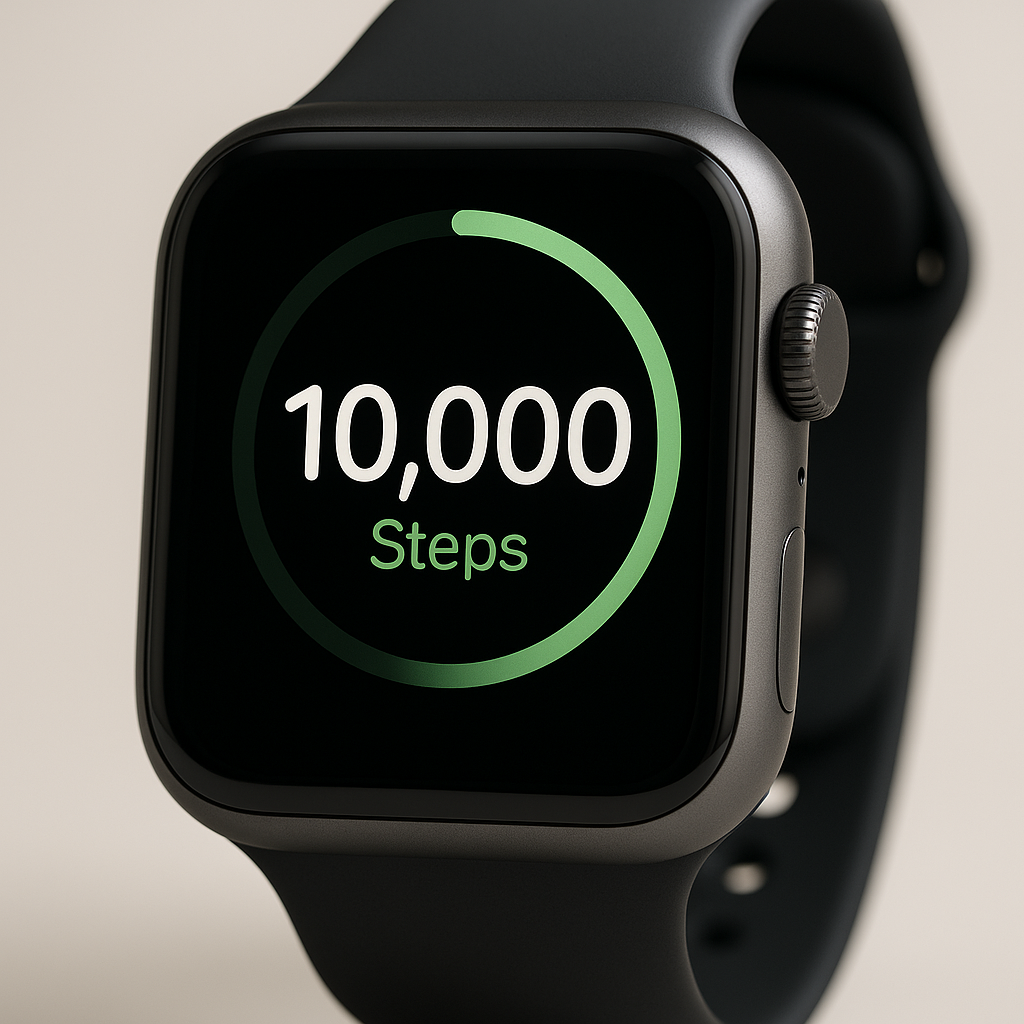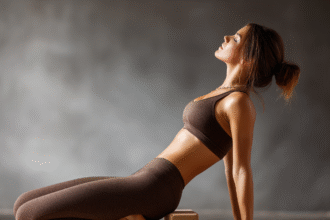Why 10K Steps a Day Is More Popular Than Running
I’m guilty.
I sit most of the time. I write articles, build digital projects, and manage ideas while sitting in a chair for hours on end. For me, walking has always been a bit of a challenge—not because I don’t like it, but because it’s easy to forget. It doesn’t demand anything from you the way a run does. It’s quiet, ordinary.
But lately, I’ve been trying to change that.
Every now and then, I go for long walks—two hours at a time, especially when I’m near water or in nature. It resets my nervous system, clears the brain fog, and somehow makes the rest of the day feel more aligned. But in my daily life? I know I need to build more walking into the micro-moments.
And as I’ve started paying attention, I’ve noticed something interesting: walking—specifically the goal of 10,000 steps a day—has become more popular than running. Especially for those looking to lose weight, stay active, and build sustainable health.
Let’s explore why.
Why Walking Feels More Natural Than Running
There’s a reason your body doesn’t panic when you walk. It was built for it.
Walking is our evolutionary default. Our joints, muscles, and cardiovascular system were designed for slow, sustained movement. The human body sees walking as a standard practice, not a stressor. In contrast, running triggers a more urgent, stress-like response. It’s taxing. It elevates cortisol. It activates short-term energy reserves.
That doesn’t make running “bad.” But it makes walking something your body wants you to do more often.
Walking vs. Running: A Comparison
| Feature | Walking (10K steps/day) | Running (30–60 min/day) |
|---|---|---|
| Stress on Body | Low — natural, gentle, sustainable | High — increases cortisol and inflammation |
| Calorie Burn | Moderate (300–500 kcal/day if 10K+ steps) | High (500–800 kcal depending on intensity) |
| Injury Risk | Minimal | Higher (especially knees, hips, shins) |
| Hormonal Impact | Balancing — supports the nervous system | Stimulating — raises adrenaline and cortisol |
| Ease of Habit | High — can be built into daily routine | Low — requires gear, time, motivation |
| Sustainability | Long-term — ideal for all fitness levels | Short-term — often hard to maintain |
| Mood Benefits | High — reduces anxiety, improves focus | High — improves mood via endorphins |
| Fat Loss Support | Excellent — supports fat metabolism & NEAT* | Good — but often stimulates appetite |
NEAT = Non-Exercise Activity Thermogenesis (your everyday movement).
Walking boosts it. Running doesn’t.
Why 10K Steps Became a Wellness Icon
The “10,000 steps a day” goal started in Japan in the 1960s as a marketing campaign for a pedometer. But the number stuck—and for good reason.
Studies show that walking 8,000–10,000 steps per day is linked to:
- Lower mortality rates
- Improved cardiovascular health
- Reduced risk of obesity, diabetes, and depression
- Better cognitive performance and focus
It’s also inclusive—almost anyone can do it. No special shoes, no gym membership, no stress. It’s accessible and elegant in its simplicity.
When it comes to weight loss, walking also wins sneakily: it doesn’t spike your hunger the way intense workouts often do. You burn fat gently, without triggering your body’s alarm systems.
How I’m Starting to Build the Walking Habit
Like I said, I’m not a natural step-counter. But I’m learning to weave walking into the rhythm of my day.
What I’m Doing:
- Intentional walks: Once or twice a week, I go for a long 1–2 hour walk outside—no phone, just me and nature.
- Standing desk setup: I’m experimenting with working standing up for 1–2 hours at a time for half a day total (related: Why I Changed How I Work).
- Evening walk on treadmill: I walk 30–45 minutes on incline 3–5 times a week, even though walking on the treadmill is not my favourite activity in the gym.
- Errand walking: Whenever I can walk instead of drive, I choose walking—even if it takes longer.
What I Want to Improve:
- Morning movement: I often dive straight into work. I want to build a habit of a 120-minute walk after breakfast or coffee.
- Lunchtime walks: I sometimes skip these out of laziness. But every time I do them, I feel better.
- Unconscious walking: Walking while I talk on the phone or brainstorm. I’m trying to make movement the default—not the exception.
Walking as a Ritual, Not a Workout
We don’t have to turn walking into a punishment or a goal-chasing sport. It can be a ritual. A rhythm. A way to return to our bodies throughout the day.
10,000 steps isn’t just about fitness—it’s about presence, consistency, and tuning into what your body was always designed to do.
And for me, it’s a habit I’m still learning. Step by step.










